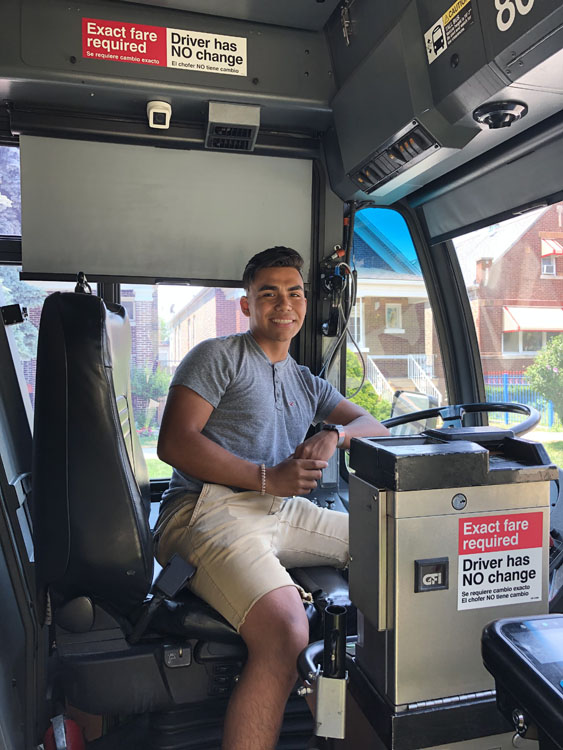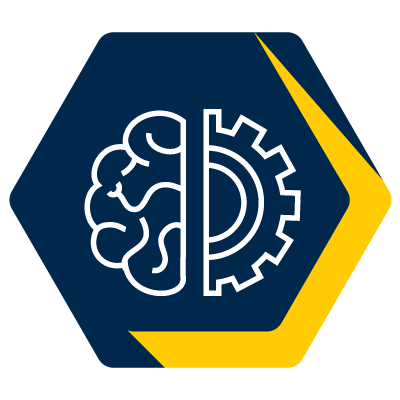Andres Garcia

Pronouns: He/Him/His
UROP Fellowship: Engineering
Research Mentor(s): Ron Eglash, PhD
Research Mentor Institution/Department: Stamps School of Art and Design
Presentation Date: Wednesday, August 4th
Session: Session 2 (4pm-4:50pm EDT)
Breakout Room: Room 1
Presenter: 1
Abstract
“Colonialism may be in the past, but its legacies live on today, with populations still marginalized by income and still “primitivized” by the colonial view. New movements like AfroFuturism resist these stereotypes by combining technological sophistication with an anti-primitivist view of Black culture. In the book African Fractals, Dr. Eglash makes the case for scaling geometries–the nonlinear shapes found in nature–as a tradition in African design. Together with professor Audrey Bennett at UM’s Stamps School of Art and Design, and Olayami Dabls, the owner of Dabls’ MBAD African Bead Museum, they have developed a proposal to create an African Futurist greenhouse that will utilize the scaling geometry traditional to African homes, jewelry, and sculptures. Funded by Stamps and Poverty Solutions, this greenhouse will grow plants that furnish seeds for Dabls’s beadwork, food for local consumption, and more generally embody a decolonial approach that combines the circular economy of Indigenous traditions with the beauty and utility of culture-technology hybrids.
Our work this summer continued to improve upon the original design and fabrication for the greenhouse structure. Each arc on the right side decreases at a scale of 0.92, and curves at a 5° bend. A second set of arcs on the left mirrors that on the right, creating a shape similar to the ram’s horn symbol common in Ghanaian textiles and beadwork. Along the greenhouse’s inside curve, we plan to install a rainwater catchment system, similar to the impluvium of traditional African houses in the Casamance region. As a high tech contribution, we are incorporating solar panels to reduce the greenhouse’s carbon footprint, and environmental sensors to keep moisture, temperature and other parameters at an optimum.
One of the greatest challenges has been moving between the virtual design on the screen and physical construction of the metal skeleton. The original design called for circular arcs, but the tube bending device lacked sufficient precision. Our team reconceived the design with octagonal arcs, which required considerable redesign of bracing, glazing attachment and other details. This was also a good opportunity to rethink the impact of the scaling factor on the height. Changing the scaling factor from 0.90 to 0.92 allowed for a more streamlined shape.
The calculations for the project also cross several domains. By using Dr. Eglash’s blocks-based programming (csdt.org), we keep a connection to STEM education outreach. We imagine students simulating their own version, and then taking a field trip to go inside this one. By using Solidworks we increased the precision, and connected to our own engineering majors. And using trig calculations, tape measures, levels and other techniques helped us figure out where the inconsistencies arise from as the physical structure was created.
One of the best moments was finally working in person, collaborating with passionate and experienced faculty. The feeling of productivity and progress towards our goals as we consistently overcame mathematical, virtual, and physical conflicts with our design and model every single day, gave us a very empowering research experience. ”
Authors: Andres Garcia, Noah Winkler, Muhammad Atif Masood, Ron Eglash
Research Method: Computer Programming







